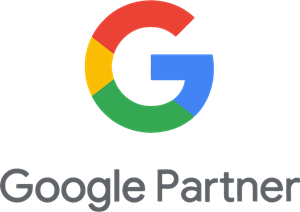You are satisfied with Google's services, but the latest price plan changes have made you want to rethink your options? Find out now how you can optimise your expenses in the future!
Changes in the new Google Maps platform
In June 2018, Google launched the new Google Maps platform, which combines 18 APIs into three products: Maps, Routes and Places. Before we take a look at the associated cost optimisations, let's take a quick look at what's new:
First, to continue accessing Google's services, you must create a billing account and provide valid credit card information. This way you can generate your own API keys and automatically qualify for $200 / month from Google, which should cover the base cost for a smaller application or website.
At the same time, Google has also raised its prices significantly. For example, MyWebsite – a fictive site that has around 100,000 views per month – has a map that can display search results. Before the changes, this service from Google cost about $38, but today it costs $700 (without monthly credit). That corresponds approximately to 18.5-fold of the original price!
Now the question arises: What can the owner of MyWebsite do to save money? There are two possibilities: Either he changes the API to another provider or he optimises his costs with Google.
How you can optimise your costs
The first step would be to move the map to a special, dedicated page so that only interested users can use or activate the map. In this way it would be possible to save requests from people who visit the site without using the map effectively.
Another optimisation that should not be omitted is the bundling of requests when using autocomplete. Be sure to specify a session key in the request, otherwise each letter entered by a user will generate a request. This would further explode the cost.
On top of these two points, there is another cost reduction option: Specify how much information you want to import from the API. This specific API, called «Places Details API», provides three data packages: Basic data (the standard package), contact data and atmosphere data. Without declaring the fields you actually need, the API returns all three packages, costing $25/1,000 requests instead of $17 for importing the basic data alone. Therefore make sure you only request the data you really need and you will save money instantly.
Conclusion
I can understand that Google wants to monetise its Maps platform, because if we are honest, before that it was actually a give-away! In my opinion, however, the prices should have been gradually increased, so that developers would have had the opportunity to adjust their websites / applications step by step. Nevertheless, today's solution is fair, because companies with little traffic pay much less than those with a lot of traffic, which usually generate a lot more income.












